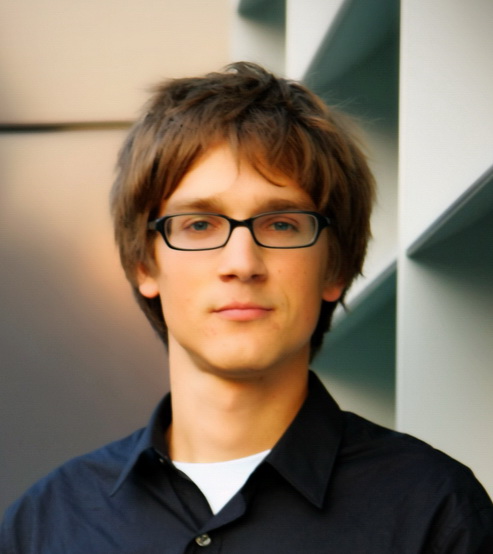Social Media Analytics: Tracking the Flow of Information in Networks

Jure Leskovec
Assistant Professor of Computer Science
Stanford University
Huang Engineering Center, Room 300
Stanford University
Friday, November 12, 2010
The information we experience online comes to us continuously over time, assembled from many small pieces, and conveyed through our social networks. This merging of information, network structure, and flow over time requires new ways of reasoning about the large-scale behavior of information networks.
I will discuss approaches to tracking information as it travels and mutates in online networks. We show how to capture temporal patterns in the news over a daily time-scale -- in particular, the succession of story lines that evolve and compete for attention. We then develop models to quantify the influence of individual media sites and predict the popularity of online content. Since information spreads in many different ways we also introduce a method for tracing paths of diffusion through networks and inferring the networks over which information propagate. This leads to efficiently detecting information outbreaks and tackling the question of what news sites to follow to avoid missing important information?
Speaker Bio
Jure Leskovec is Assistant Professor of Computer Science at Stanford University where he is a member of the Info Lab and the AI Lab. He obtained his PhD at the Machine Learning Department in the School of Computer Science at Carnegie Mellon University and was a postdoctoral scholar at Cornell University. His research focuses on mining and modeling large social and information networks, their evolution, and diffusion of information and influence over them. Problems he investigates are motivated by large scale data, the Web and social media. He has authored the Stanford Network Analysis Platform (SNAP), a general purpose network analysis and graph mining library that easily scales to massive networks with hundreds of millions of nodes and billions of edges. Jure received three best paper awards and an ACM KDD dissertation award, won the ACM KDD Cup in 2003, and topped the Battle of the Sensor Networks competition. He also holds three patents.
